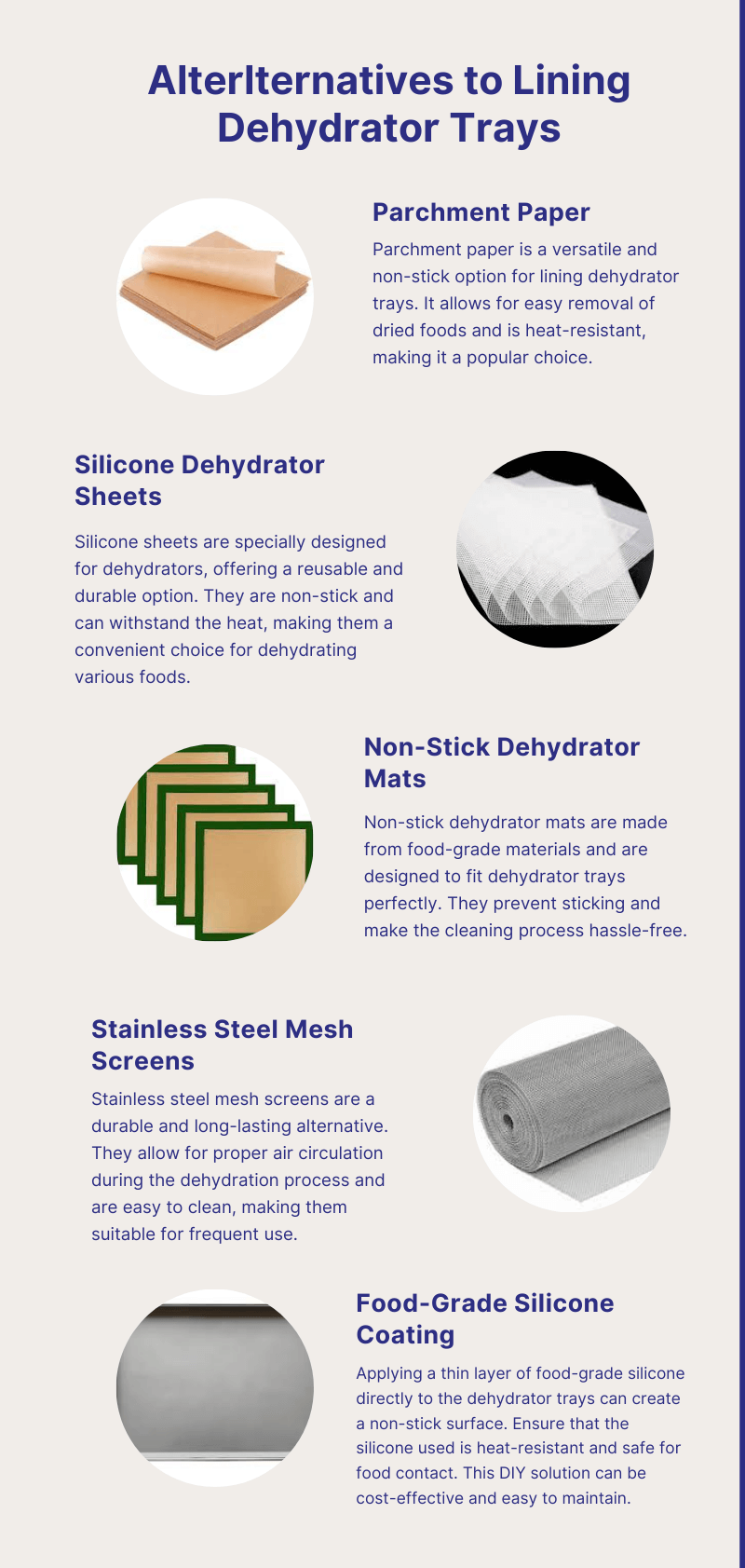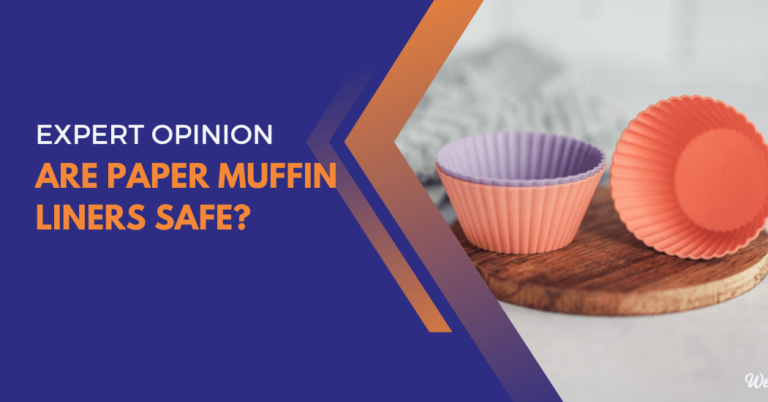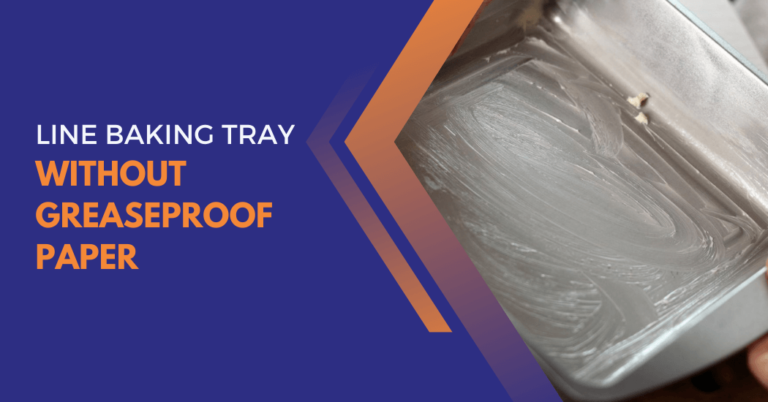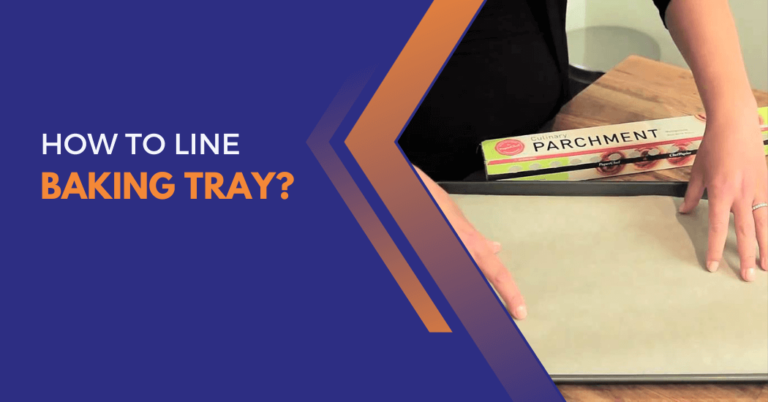Can I line my dehydrator tray with waxed paper?
Dehydrators are a popular kitchen appliance for preserving and intensifying the flavors of fruits, vegetables and other foods.
When using a dehydrator, one common question that arises is whether it’s safe and practical to line the dehydrator trays with waxed paper. This seemingly simple solution can have a significant impact on the dehydration process and the overall quality of your dried foods.
In this brief discussion, we will explore the advantages, disadvantages and best practices of lining your dehydrator trays with waxed paper, helping you make an informed decision for your next food dehydration adventure.
Tray Dehydration With Waxed Paper
Using waxed paper in a food dehydrator is generally not recommended. Waxed paper is coated with a thin layer of wax, which can melt or transfer unwanted flavors to your food when exposed to heat. It’s also not designed for dehydrating and it may not allow for proper air circulation, which is essential for even drying.
Instead, it’s better to use specially designed dehydrator sheets or trays, which are made from materials like silicone or plastic that are heat-resistant and safe for food contact. These sheets are designed to promote good air circulation, prevent sticking and make the drying process more effective and efficient.
You should avoid using waxed paper in your dehydrator, parchment paper or dehydrator-specific sheets are better alternatives for lining trays and ensuring successful dehydration.
Reason’s why can’t I use wax paper in the dehydrator?
As mentioned earlier, waxed paper is not suitable for use in a food dehydrator due to its composition and lack of design for this specific purpose.
Here are some reasons why you should avoid using waxed paper in your dehydrator:
- Heat Resistance: Waxed paper is only designed to withstand temperatures of up to 425°F (218°C), which is not sufficient for most dehydrating processes that may require higher temperatures.
- Air Circulation: Waxed paper is not porous and it does not allow for proper air circulation, which is essential for even drying of food. This can result in unevenly dried food or complete dehydration failure.
- Contamination: The wax coating on the paper can melt and transfer unwanted flavors or chemicals to your food, affecting its taste and quality. It’s also not safe for cooking at high temperatures.
- Waste: Waxed paper is intended for single use only and it cannot be reused in subsequent dehydration processes. This can lead to unnecessary waste and increase expenses over time.
Advantages of lining your trays with waxed paper
There are several advantages to using waxed paper in a dehydrator, including:
- Easier clean-up: Waxed paper prevents food from sticking to the trays, making it easier and quicker to clean up after use.
- Prevents small foods from falling through: For smaller or chopped foods, waxed paper can help prevent them from falling through the gaps in your dehydrator trays, thereby saving time and effort.
- Creates a non-stick surface: Waxed paper creates a non-stick surface for your food to dry on, making it easier to remove and preventing any damage or breakage.
- Ensures even dehydration: By lining your trays with waxed paper, you can ensure that the food is evenly spaced and avoids overlapping, leading to more consistent drying.
Disadvantages of lining your trays with waxed paper
While there are benefits to using waxed paper in a dehydrator, it also has its fair share of disadvantages. These include:
- Reduced airflow: Using waxed paper can hinder proper air circulation, leading to longer drying times and uneven dehydration.
- Can affect flavor: Some users have reported that using waxed paper can alter the taste of certain foods due to the additional layer between the food and the air.
- Additional cost: While the waxed paper is not expensive, it is an added cost compared to using other alternatives such as parchment paper or reusable mats.
- Not environmentally friendly: Waxed paper is intended for single use only, making it a less eco-friendly option compared to reusable mats or trays with non-stick coating.
Overall, it is important to carefully consider the pros and cons when choosing the best lining solution for your food dehydrator. With proper research and experimentation, you can find the right option that works best for your specific needs and preferences.
Tips for using waxed paper in a dehydrator
If you do decide to use waxed paper in your dehydrator, here are some tips to keep in mind for a successful dehydration experience:
- Choose the right temperature: As mentioned earlier, waxed paper is not suitable for high temperatures. Make sure to set your dehydrator at a lower heat setting to prevent the paper from melting or burning.
- Avoid using acidic foods: Waxed paper can react with acidic foods, altering their taste and quality. It’s best to use other alternatives for drying acidic fruits like lemons or oranges.
- Pre-cut the paper to fit your trays: To save time and effort, pre-cut the waxed paper to fit your dehydrator trays before placing it on them. This will also ensure that the paper does not overlap or bunch up, hindering proper air circulation.
- Replace the waxed paper between batches: To prevent contamination and maintain consistent drying results, it’s best to replace the waxed paper with a new sheet between different batches of food.
By following these tips and considering the pros and cons, you can make an informed decision about whether to use waxed paper in your dehydrator.
Remember to also properly store and dispose of the used waxed paper after use for a more sustainable approach.
Alternative papers to lining dehydrator trays
Fortunately, there are several alternatives to using waxed paper when lining your dehydrator trays.
These options are specifically designed for food dehydration purposes and offer better heat resistance, air circulation and overall effectiveness in the drying process. Some of these alternatives include:

- Parchment Paper: Parchment paper is a thin, heat-resistant and non-stick paper that is commonly used in baking. It can also be used in a dehydrator as an alternative to waxed paper.
- Dehydrator-Specific Sheets: Various types of specially designed sheets or mats are made explicitly for use in food dehydrators. These sheets are usually made from silicone or plastic materials that are heat-resistant and safe for food contact.
- Trays with Non-Stick Coating: Some dehydrator trays come with a non-stick coating that eliminates the need for lining altogether. These trays are easy to clean and offer good heat resistance and air circulation.
- Silicone Mats or Baking Sheets: Silicone mats or baking sheets can also be used in a dehydrator as an alternative to waxed paper. They are heat-resistant, non-stick and reusable, making them a more environmentally friendly option.
Final Words
In conclusion, while it is technically possible to line your dehydrator tray with waxed paper, it is not the best option for some reasons.
For safe and effective food dehydration, it is recommended to use dedicated dehydrator trays or approved dehydrator-specific liners made of materials designed to withstand the heat and provide proper airflow.
This ensures that your dehydrated foods turn out well and that your dehydrator remains in good working condition. Always follow the manufacturer’s instructions for your specific dehydrator model to achieve the best results and ensure food safety.






